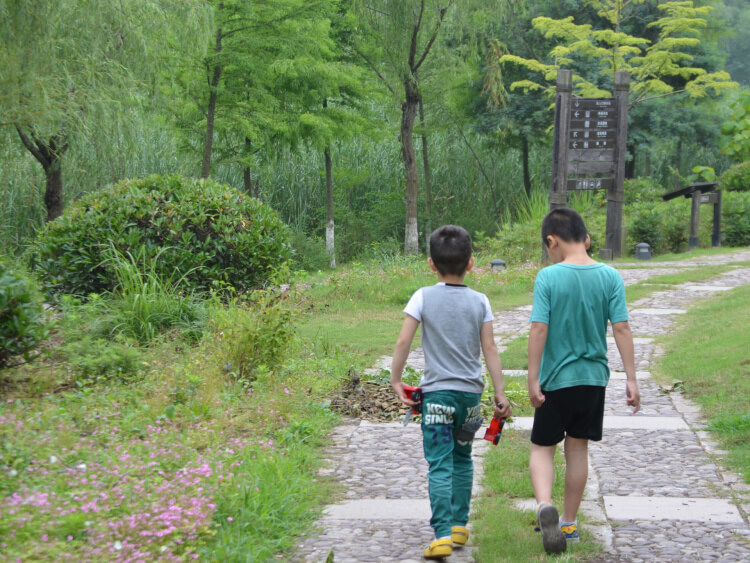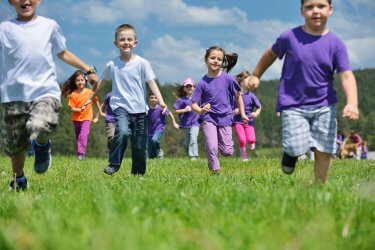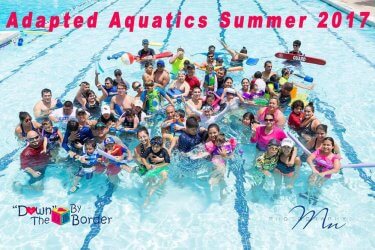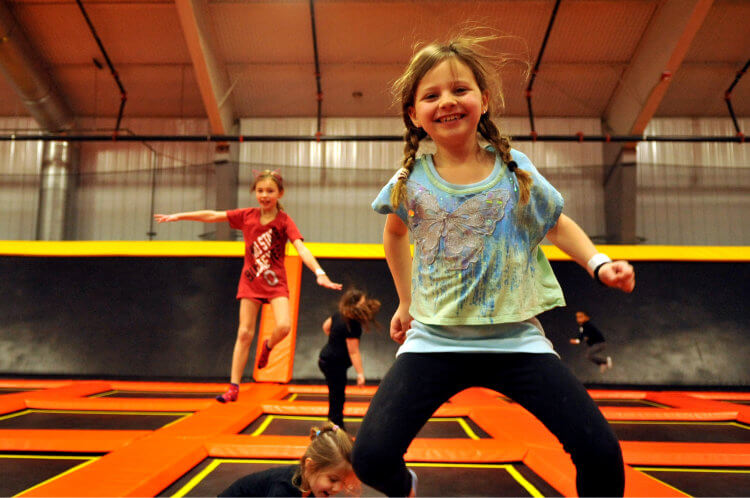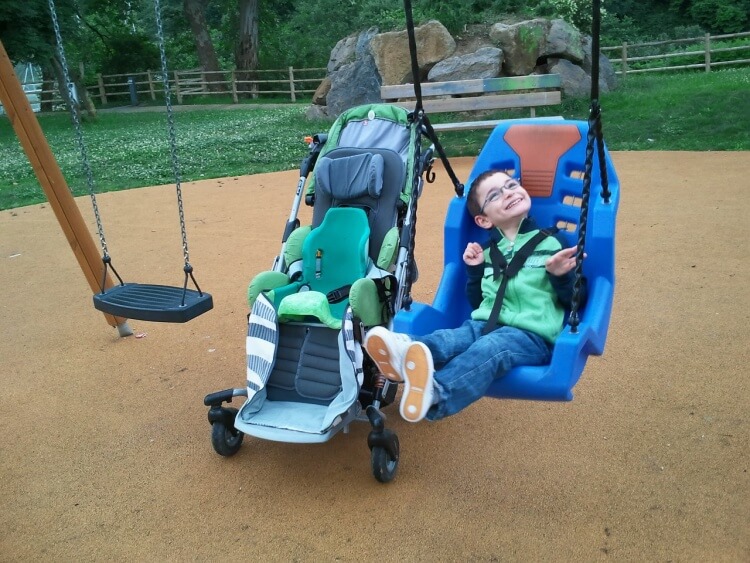
Introduction
The authors hope this Bill could be introduced in your state to help students with disabilities gain equal access to and equality for sports equivalent to what is offered to nondisabled students. The article will present Texas Senate Bill 776, highlighting notable sections, language suggestions, the need for state disability sports laws, arguments presented for this Bill, proposed advocacy, and recommendations for implementation. Texas, for example, has organized interscholastic men’s sports for over 100 years and women’s for 50 years (Title IX. 1972), it’s time students with disabilities have the same equality and equity opportunities (i.e., funding, coaches, full seasons, competitions, uniforms, etc.). SB776 mandates Texas interscholastic sports and school districts to “own/run/manage” all aspects of disability sports and does not allow the “pawn off” responsibility to nonprofit volunteer organizations. Implementation is the sole responsibility of the state’s interscholastic sports league. It is crucial that students with disabilities are presented with the same sports opportunity. Pertinent stakeholders should be aware of mandated laws, such as SB776, that provide competitive sports for students with disabilities. Community engagement as well as organizational efforts are warranted interscholastic sports and school districts to fulfill their responsibility.
The Law
TX SB776 | 2021-2022 | 87th Legislature
